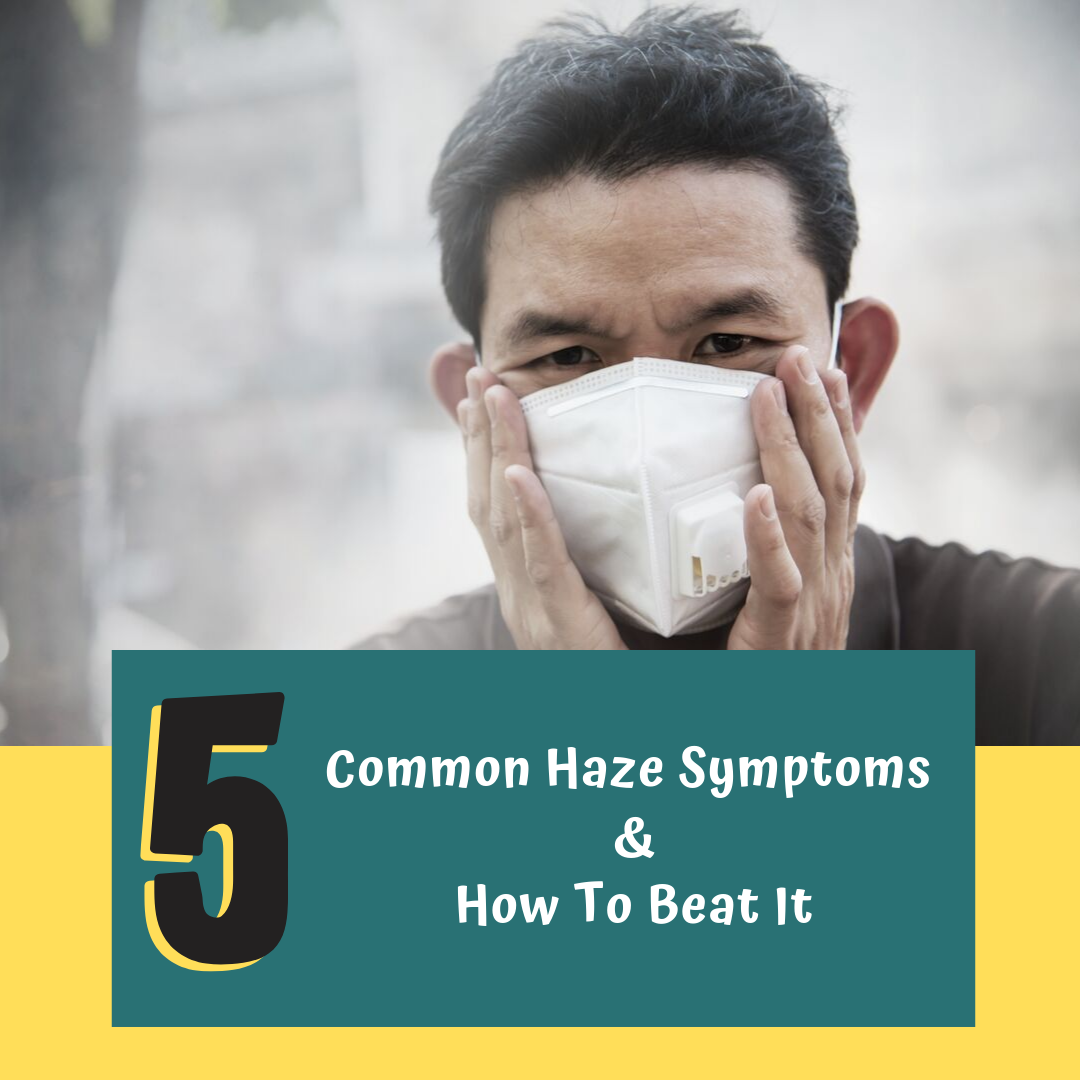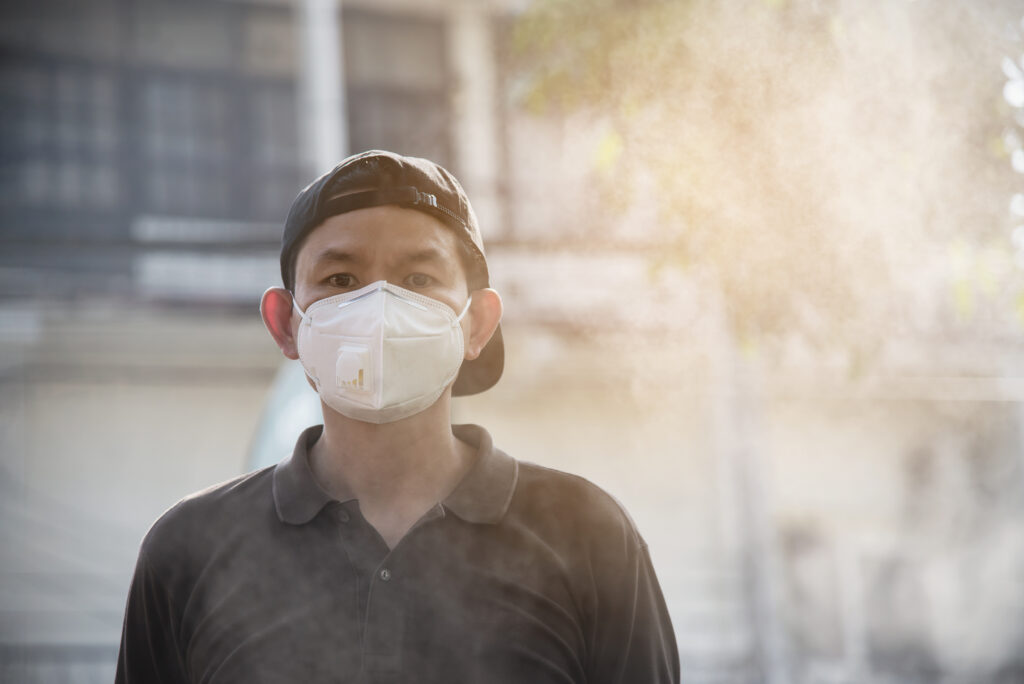- Home
- Health Center
- Health Info
- 5 Common Haze Symptoms & How To Beat It
Immunity
5 Common Haze Symptoms & How To Beat It


Haze has now almost become an annual episode in ASEAN. Countries such as Malaysia, Singapore and Indonesia are usually engulfed in clouds of haze especially during the dry season. Over-exposure to the haze is bad for health and results in certain symptoms.
Read on to find out how to beat these symptoms:
But firstly, why does the haze affect our health?
“Haze” originates from soot from the burning of plant material. This results in very tiny particles (less than 2.5 um in aerodynamic diameter). This can be easily deposited into the eyes, nose and lungs and result in certain physiological symptoms. Evidence has also shown this particle can also penetrate into the lower respiratory tract. (In other words, it can go really deep into the lungs!)
Common Haze Symptom #1
Eye symptoms: tearing and stinging sensation on the eyes
Actions:
- Ask your pharmacist for eye drops or artificial tears to wash away any pollutant particles in your eyes
- Try to avoid wearing contact lens if possible as contact lens users have lower tear production resulting in dry eyes
Common Haze Symptom #2
Nasal symptoms: runny nose, blocked nose and sneezing
Actions:
- Wear an N95 face mask
- Ask your pharmacist to recommend some antihistamines or nasal decongestants for symptom relief.
- If you are already taking such medicines, make sure to take it regularly.
- Consult your doctor if symptoms persist
Common Haze Symptom #3
Throat symptoms: coughing, dry throat and throat irritation
Actions:
- Wear an N95 face mask
- Maintain good fluid intake, drink 10-12 glasses of water a day unless advised otherwise by your doctor.
- Ask your pharmacist for cough mixtures, throat sprays or cough lozenges to for symptom relief
- Consult a doctor If cough symptoms persist more than 7 days or if you observe thick phlegm or develop a fever
Common Haze symptoms #4
Breathing difficulties: chest tightness, breathlessness, asthmatic or COPD symptoms
*COPD = Chronic Obstructive Pulmonary Disease
Action:
- Consult a doctor immediately
- If you have asthma should carry the reliever inhaler (blue inhaler) wherever you go, and use it if you have an asthma attack.
- If you are prescribed a controller inhaler, be sure to use it daily to prevent breathing difficulties.
- Consult your doctor again if your condition does not improve in spite of using the prescribed inhalers
Common Haze Symptom #5
General: headache, tired/fatigue, feeling unwell
Action:
- If you have a headache, ask your pharmacist for paracetamol or ibuprofen to relieve the symptoms
- Increase antioxidant intake
- Build up your immunity by consuming more fruits and vegetables
- Take antioxidant supplements such as Vitamin C, Black elderberry extract and colostrum supplements (for children).
For other tips to protect yourself from the haze. Click here: https://www.caring2u.com/health_info/6-ways-to-protect-yourself-from-the-haze/
References:
- Haze and health impacts in ASEAN countries: a systematic review. L Ramakreshnan, N Aghamohammadi, NM Sulaiman, et al. Environmental Science and Pollution Research. (2017)
- Haze and your eyes. WK Lim. Eagle Eye Centre. (Web page visited: September 2019) Weblink available: https://www.eagleeyecentre.com.sg/haze-and-your-eyes/v
Latest Health Info
Healthy Weight, Happy Joints
How Does Weight Affect Knee Health? The Link Between Pounds And Pain Osteoarthritis (OA) involves the degeneration of joints, which ...
The Gut Warriors: Prebiotics, Probiotics and Postbiotics
When it comes to gut health, you’ve probably heard of prebiotics and probiotics. But did you know there’s also ...
Tip Moreh: Masa Berbuka Puasa
Moreh adalah tradisi unik yang biasanya diadakan selepas solat tarawih pada bulan Ramadan. Ia melibatkan penyediaan dan perkongsian makanan ringan ...



